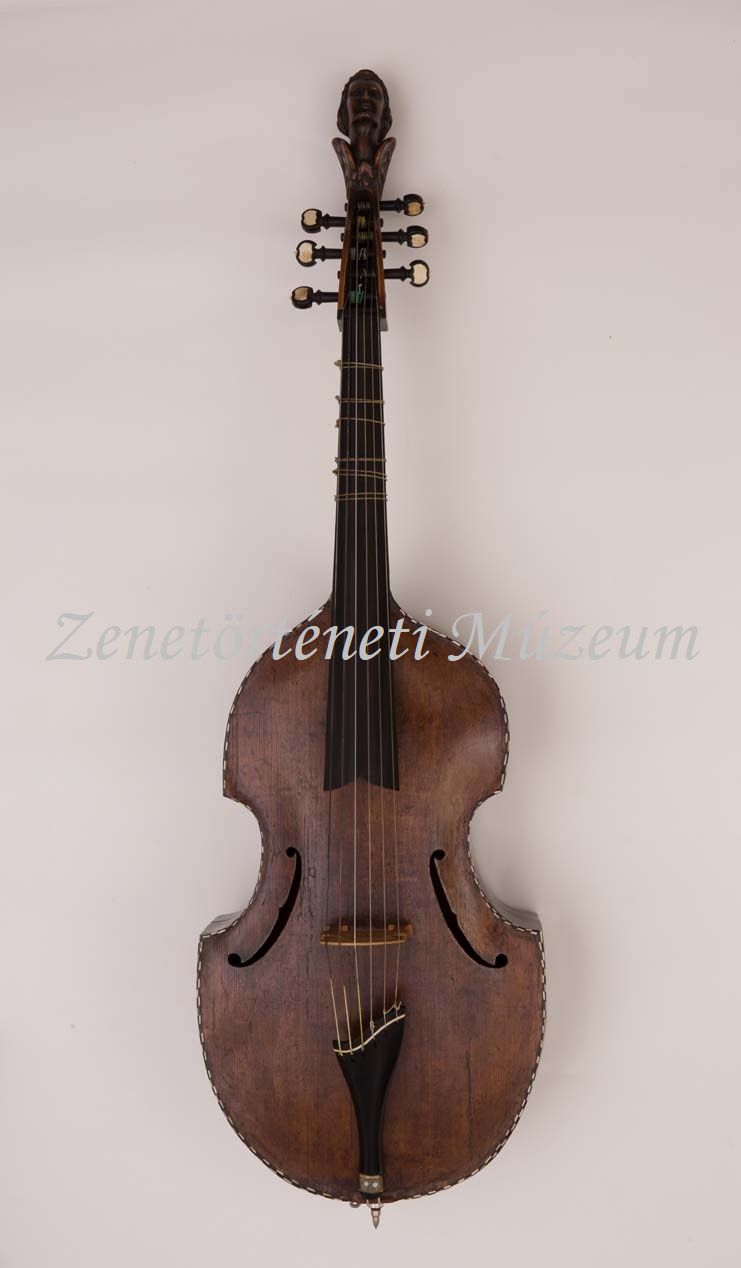According to the label made by Näfer in 1707.
The viol or viola da gamba bowed, fretted and stringed instruments that first appeared in Spain in the mid to late 15th century and was most popular in the Renaissance and Baroque periods. Direct possible ancestors include the Venetian viole and the 15th- and 16th-century Spanish vihuela, a 6-course plucked instrument tuned like a lute.
en

